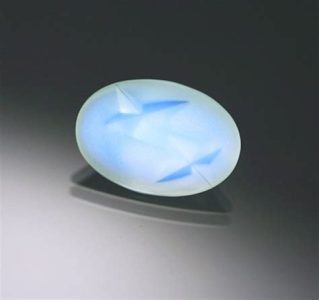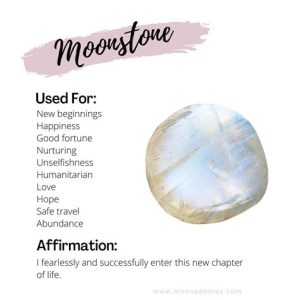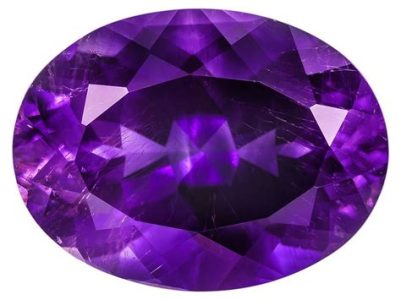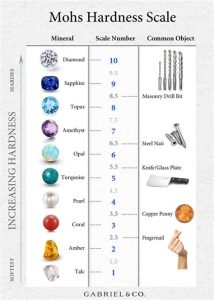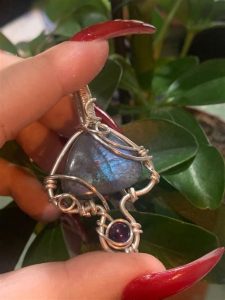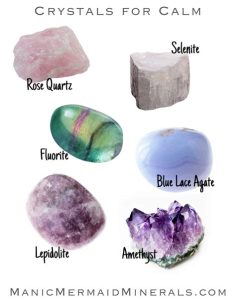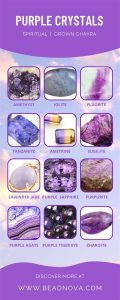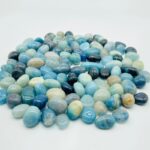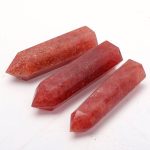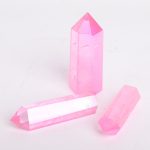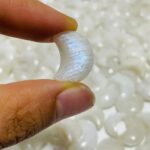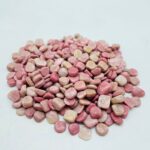Introduction
Citrine, with its vibrant yellow hue, has captivated jewelry lovers for centuries. However, not all citrine is created equal. This article delves into the differences between natural citrine and its heat-treated counterpart.
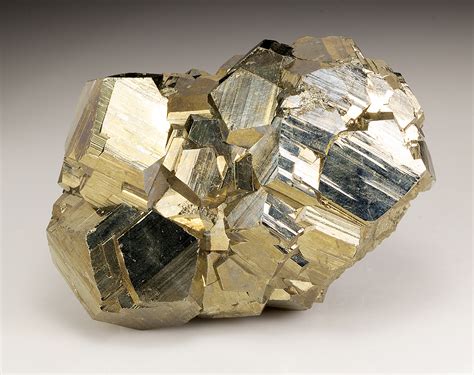
The Truth About Heat-Treated Citrine
Heat treatment involves exposing amethyst, a purple quartz, to high temperatures. This process transforms amethyst into citrine, resulting in a brighter and more saturated yellow color.
How to Spot the Real Deal
- Color: Natural citrine typically has a pale to medium yellow hue, while heat-treated citrine tends to be more intense and orange-like.
- Inclusions: Natural citrine often contains tiny imperfections known as inclusions, while heat-treated citrine is typically clearer.
- Transparency: Natural citrine is usually transparent or translucent, whereas heat-treated citrine is more opaque.
- Price: Natural citrine is significantly more expensive than heat-treated citrine.
Chemical Composition
Natural citrine and heat-treated citrine share the same chemical composition, as both are forms of quartz. However, the heat treatment process alters the distribution of iron impurities, leading to the difference in color.
Which is Better?
Choosing between natural and heat-treated citrine depends on personal preference and budget. Natural citrine is rarer and more valuable, but heat-treated citrine offers affordability and a bolder color.
Table 1: Comparison of Natural and Heat-Treated Citrine
| Feature | Natural Citrine | Heat-Treated Citrine |
|---|---|---|
| Color | Pale to medium yellow | Intense, orange-like yellow |
| Inclusions | Usually present | Typically absent |
| Transparency | Transparent or translucent | Opaque |
| Price | Significantly higher | Affordable |
Environmental Impact
Heat treatment involves energy consumption and potential environmental pollution. Natural citrine is a more sustainable option as it does not require such processing.
Table 2: Environmental Impact of Heat Treatment
| Aspect | Impact |
|---|---|
| Energy Consumption | High |
| Pollution | Potential release of heavy metals |
Health Benefits
Both natural and heat-treated citrine are believed to have healing properties. However, there is limited scientific evidence to support these claims.
Table 3: Purported Health Benefits of Citrine
| Health Benefit | Citrine |
|---|---|
| Promotes positive energy | Yes |
| Reduces stress | Yes |
| Improves creativity | Yes |
Conclusion
Understanding the differences between natural and heat-treated citrine empowers consumers to make informed decisions. Natural citrine offers rarity, value, and a unique appearance, while heat-treated citrine provides affordability and vibrant color. The choice between the two depends on individual preferences, budget, and environmental concerns.




